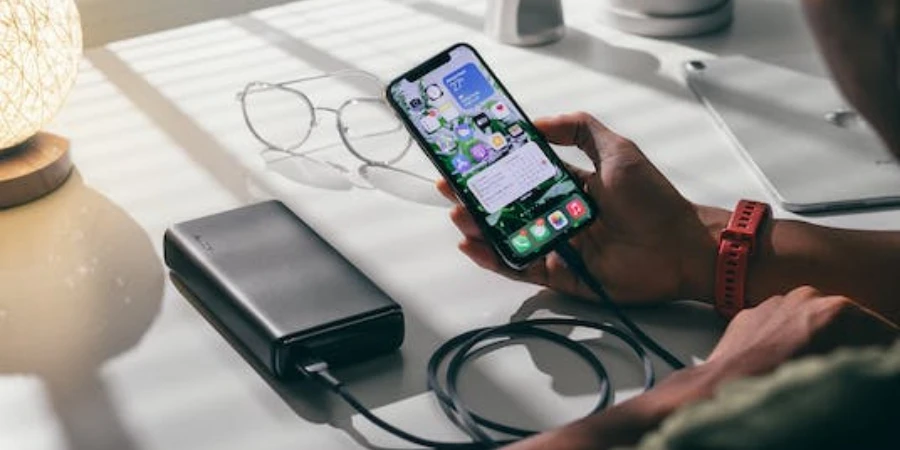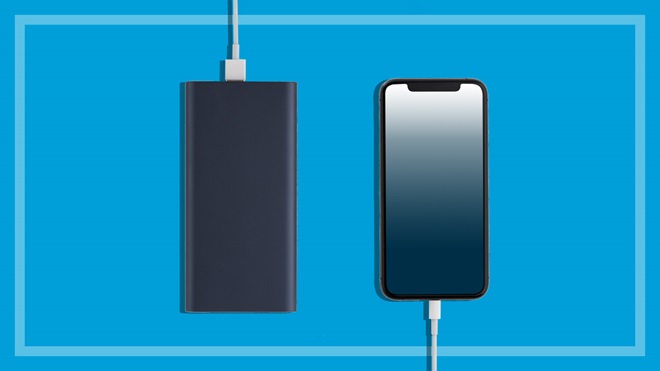Before buying a power bank, it’s essential to consider several factors to ensure that you choose the right one for your needs and that it meets your expectations. Here are some key things to know and consider before purchasing a power bank:
- Capacity (mAh/Wh): Determine how much capacity you need. A higher capacity power bank can charge your devices more times before needing to be recharged itself. Consider the battery capacity of the devices you want to charge and choose a power bank with enough capacity to meet your requirements.
- Output Ports: Check the number and type of output ports on the power bank. Ensure that it has the right connectors (e.g., USB-A, USB-C, micro USB) to charge your devices. Multiple output ports can be useful if you need to charge multiple devices simultaneously.
- Input Ports: Look at the input ports for recharging the power bank. Most power banks use micro USB or USB-C for recharging. Some high-capacity power banks may have multiple input ports for faster recharging.
- Charging Speed: Consider the power bank’s charging speed, measured in amps (A) or watts (W). Higher charging speeds can replenish your devices faster, but make sure your devices can handle the power output without getting damaged.
- Quality and Brand: Invest in a reputable brand and a quality power bank. Cheap, unbranded power banks may not provide the capacity or safety features they claim. Look for products from well-known manufacturers with positive reviews.
- Battery Type: Power banks typically use lithium-ion or lithium-polymer batteries. Lithium-polymer batteries are generally considered safer and have a slimmer profile, while lithium-ion batteries can provide higher capacity in a compact size. Choose the type that suits your needs.
- Safety Features: Ensure that the power bank has safety features such as overcharge protection, over-discharge protection, short-circuit protection, and temperature control. These features help prevent damage to the power bank and your devices.
- Weight and Size: Consider the portability of the power bank. Smaller, lighter models are more portable but may have lower capacity. Bulkier models with higher capacity may be less convenient to carry but can charge your devices multiple times.
- Price: Compare prices among different brands and models. While it’s essential to stay within your budget, be cautious about extremely cheap power banks, as they may not provide the claimed capacity or safety features.
- Warranty: Check if the power bank comes with a warranty. A warranty can provide peace of mind in case of manufacturing defects or other issues.
- Additional Features: Some power banks come with extra features such as LED flashlights, digital displays to show the remaining capacity, or wireless charging capabilities. Consider whether these features are essential for your needs.
- Compatibility: Ensure that the power bank is compatible with your specific devices, including smartphones, tablets, laptops, cameras, and other gadgets.
- Reviews and Recommendations: Read user reviews and seek recommendations from friends or online communities to get real-world insights into the performance and reliability of the power bank you’re considering.
By considering these factors and doing thorough research, you can make an informed decision and select a power bank that best suits your needs and preferences.



